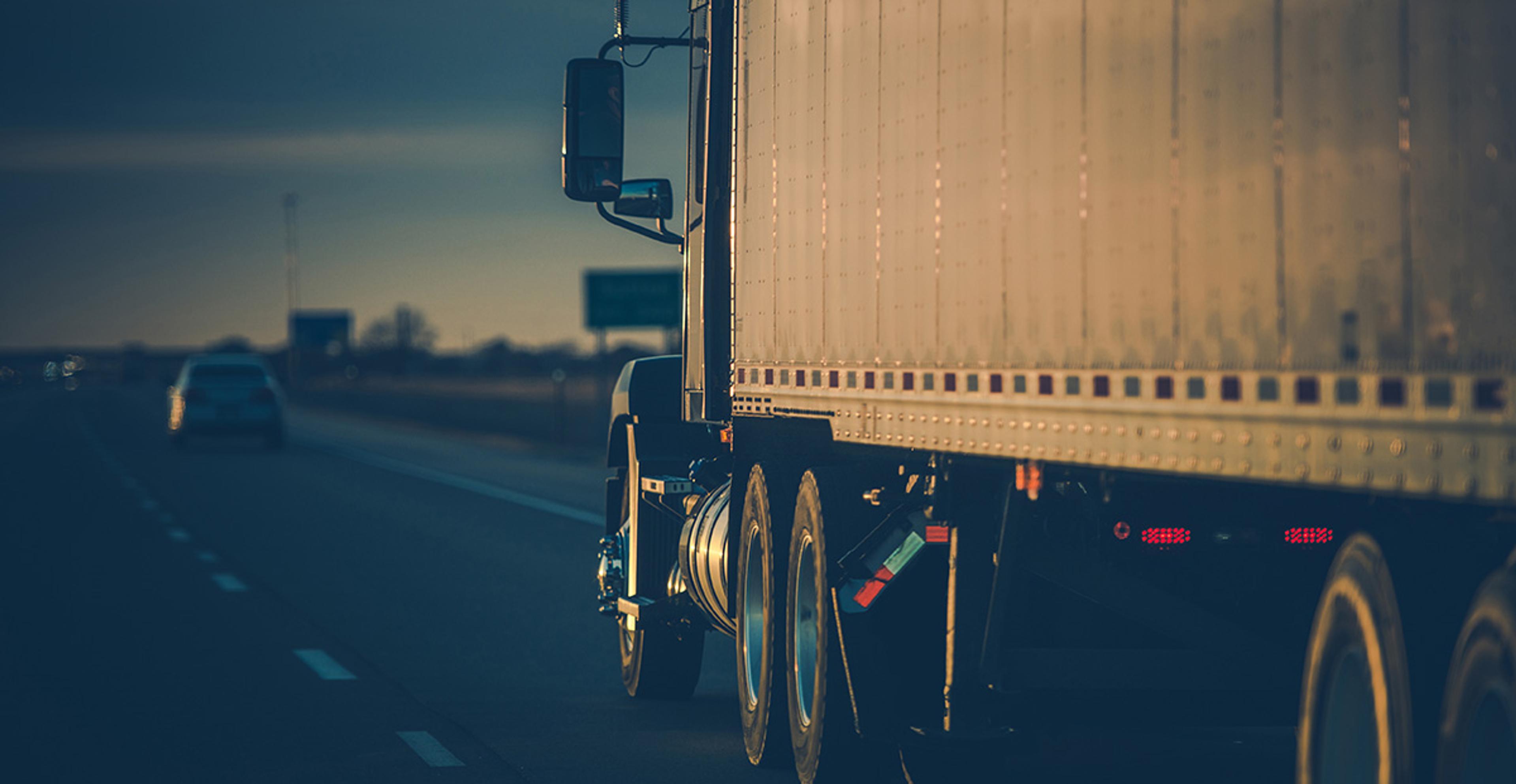IN THE NEWS: How ITS Logistics is preparing for a potential strike | BBC News Business Matters

BBC News Business Matters (26:35-33:18)
September 25, 2024
Roger Hearing
FROM THE INTERVIEW:
Roger Hearing, host of BBC News Business Matters podcast: "The countdown to what could be a potential strike across America's ports. The existing contract involving the ILA expires at midnight on Sept. 30, and as things stand, there will then be a strike. The ports affected by the potential strike stretch from Maine to Texas, handling about half of US imports through facilities and cities like New York, New Jersey, Charleston, and Savannah.
What's the impact? What's going to happen? We're joined by Paul Brashier, VP of Global Supply Chain from ITS Logistics, so, let's get down to it, do you think there's going to be a strike?"
Paul Brashier: "We always look at the past as being the prologue to the future, and what we've seen on the West Coast last year in the US and on the rails in Canada, Mexico, and the US is that they'll probably push it right up to the very end. There might be a day or two of disruption, but they should, in the worst case, get together and figure this thing out. We're coming up against a very contentious election in November...we're preparing for the worst here but hoping for the best."
Roger Hearing: "I know this isn't your area specifically here, but does it all come down to money and what the authorities are prepared to pay the longshoremen?
Paul Brashier: "Basically, it does come down to contracts; there are some safety concerns, and automation is driving a lot of this as well, so it's not so much as how much they're going to pay the workers—what we're hearing is it could look similar to what they paid the West Coast last year—but the unions don't want to see heavy automation on the east coast. There's been a lot on the West Coast, in Long Beach, and across the world honestly, that would probably be the largest sticking point at this time."
Roger Hearing: "What is this going to mean for you and ITS Logistics?"
Paul Brashier: "ITS Logistics does full-truckload, less than truckload, distribution & fulfillment, and port operations in 56 markets in North America. It's currently affecting East Coast operations; the leeway and planning that goes into containerized cargo shipping happens months in advance, so we've already seen a ton of cargo diverted to the US West Coast; it's interlining along rail; the volumes that are coming into the east coast are already preplanned. On our end, we're not worried; we're prepared. We're putting this into our post-COVID congestion operations at this time.
Roger Hearing: "Would this spell disaster for your company and your industry if a strike did happen?"
Paul Brashier: "The biggest pain point and the folks who are going to feel this the most is the US Consumer. Anytime you have this level of disruption, and if it goes on for a long period of time, it's going to drastically increase transportation costs, and that will be passed onto the consumer. And I'm sure you're aware that controlling inflation has been a major concern over the last 24 months in the United States. This could create some inflationary pressure going into the holidays and impact consumer activity if goods aren't available during our busiest shopping season."
Roger Hearing: "Right, because the Feds have been telling everyone that inflation is getting under control, this could turn that around completely.
Paul Brashier: If you look at the inflationary pressure we felt post-COVID, a large percentage of that came from inflated shipping costs. A container costing $30,000 to get transpacific from China to the US now costs approximately $5,000, maybe $10,000. We could see that inland transportation costs look similar to what we saw at that time period, and that is going to be felt by the American consumer.
Roger Hearing: "You're doing all the things you can to prepare, hoping you don't need it."
Paul Brashier: "Right now, we're increasing our yard space that services the eastern seaboard and the Gulf Coast—meaning we're increasing storage from 5,000-10,000 containers to possibly needing 30,000-50,000 containers being stored. We're also repositioning our drivers and our chassis across the Gulf, the Southeast, and the Northeast—these drivers are also registered to go into multiple ports along those corridors so we can tackle these congestion issues before they come something larger.



